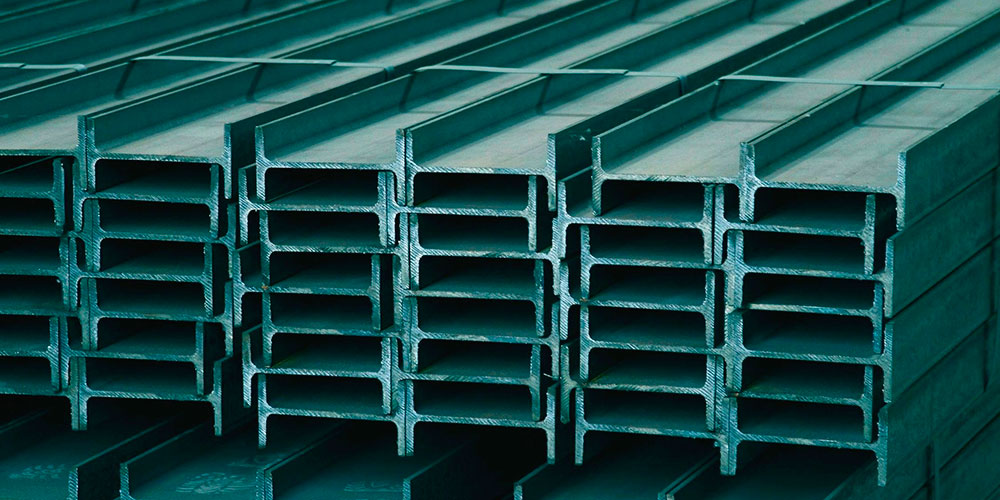The EU’s carbon border adjustment mechanism (CBAM) will start to be gradually implemented from 2023, says Pasquale de Micco, policy officer at the European Commission’s Directorate-General for Taxation and the Customs Union (DG Taxud).
In the European parliament, a final position from the international trade committee (INTA) and all amendment votes are expected by February 2022. The leading committee for environmental issues, ENVI, should also adopt its position by May, while the plenary will finalise its position in June. “If everything works well as we are working very fast on this new instrument [CBAM], you can expect it to be approved next year.” de Micco said during this week’s Euranimi online conference attended by Kallanish.
CBAM is being introduced gradually with a prudent and slow approach to allow businesses that are subjected to the measure to adjust. Starting from 2023, there will be a phase of three years when the measure will only require importers to report their emissions and carbon prices in their own countries. No financial engagement is required during these three years. At the end of this period, a review of the data collected over the first three years will be implemented. From 2026 onwards, CBAM will be phased in at 10% per year until fully applied after 2036.
“CBAM’s only aim is a climatic aim,” De Micco said. “It is not a trade policy instrument. It has nothing to do with anti-dumping, anti-subsidy and safeguard measures; otherwise, it would have been in the hands of [EU trade defence body] DG Trade. The instrument is just a specific extension abroad of the full international relevant [climatic] rules.”
Countries that are excluded from CBAM such as Norway and Switzerland already pay the same carbon pricing as Europe on their own products, he added.
“As much as the European climate ambition increases, the gap with third countries increases as well, so we risk having higher levels of carbon leakage, which means European companies’ delocalisation abroad or higher imports of carbon-intensive products. CBAM has several flexibilities that take into account the decarbonising actions in third countries … The instrument is automatically adapted to the third countries’ engagement in decarbonisation,” De Micco explained.
The aim of CBAM is to prevent carbon leakage while also incentivising third countries’ producers to reduce their emissions and adopt a green policy frame, he added.
The CBAM design mirrors EU carbon pricing. It complies with the WTO, focusing on carbon-intensive sectors and complementing the EU emission trading system. The main rules are equal carbon prices and no double pricing. As EU businesses pay a carbon price on their production, the European Commission requires third countries’ producers to also pay the same price when exporting their products into the EU according to article 3.4. This creates a level playing field.
No double pricing means that if a non-EU producer can show that they already paid a carbon price on their imported goods, this will be automatically deducted at the moment of import.
Natalia Capra France






